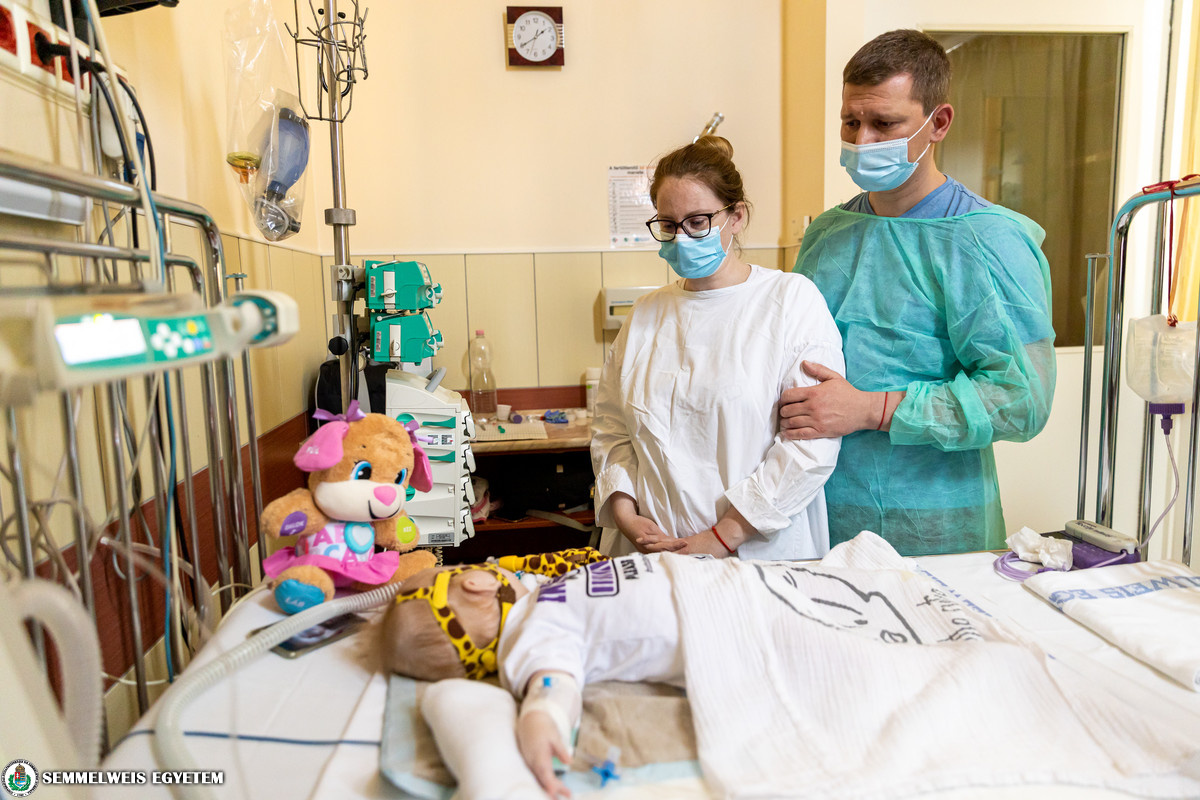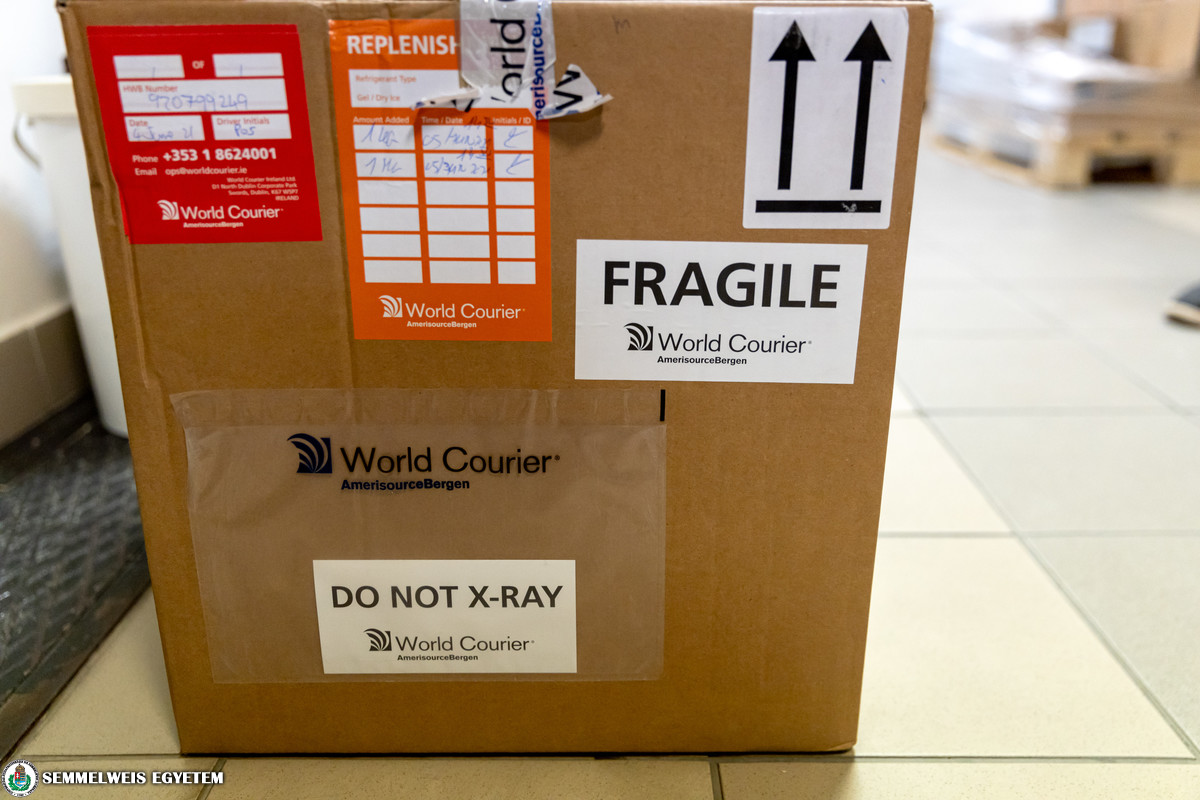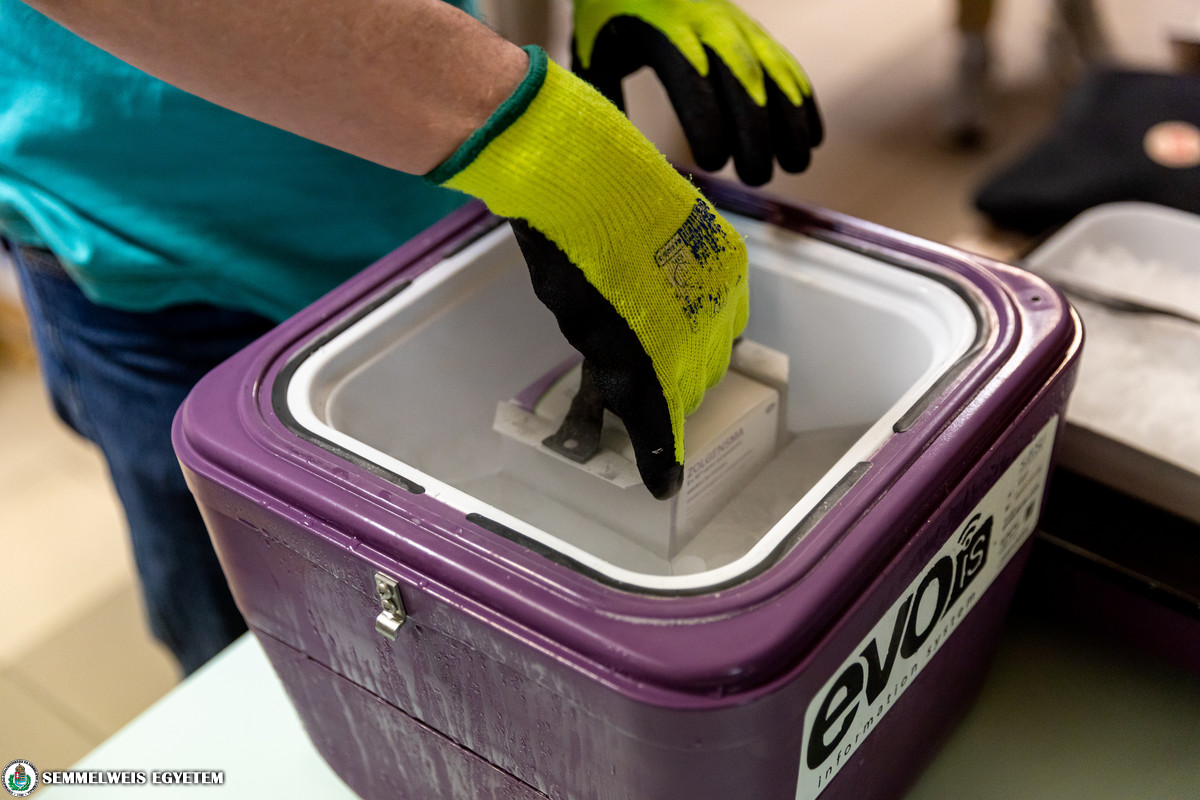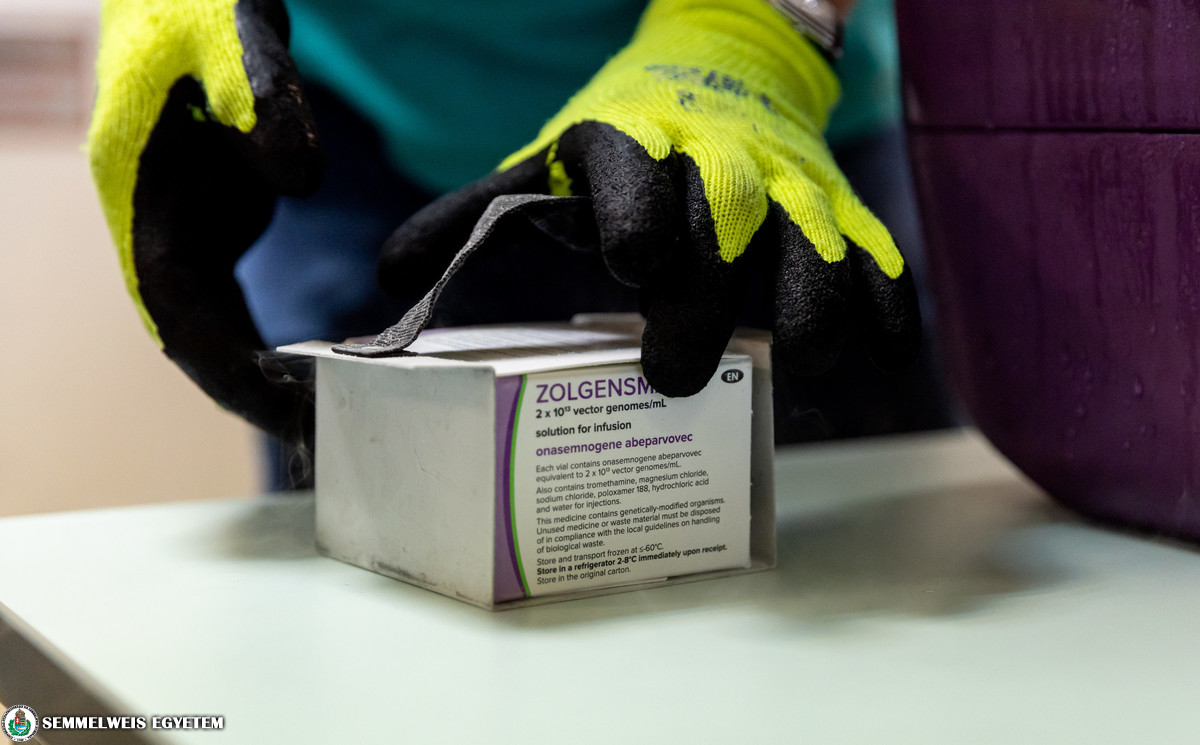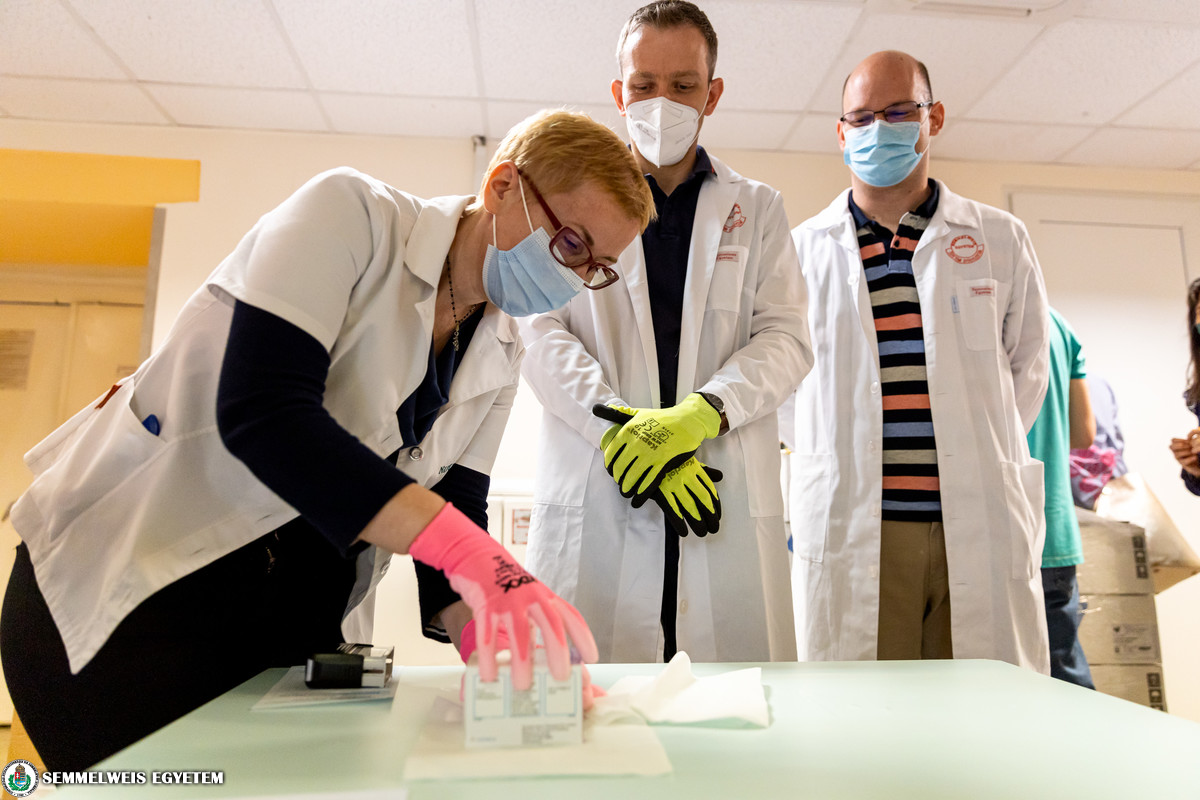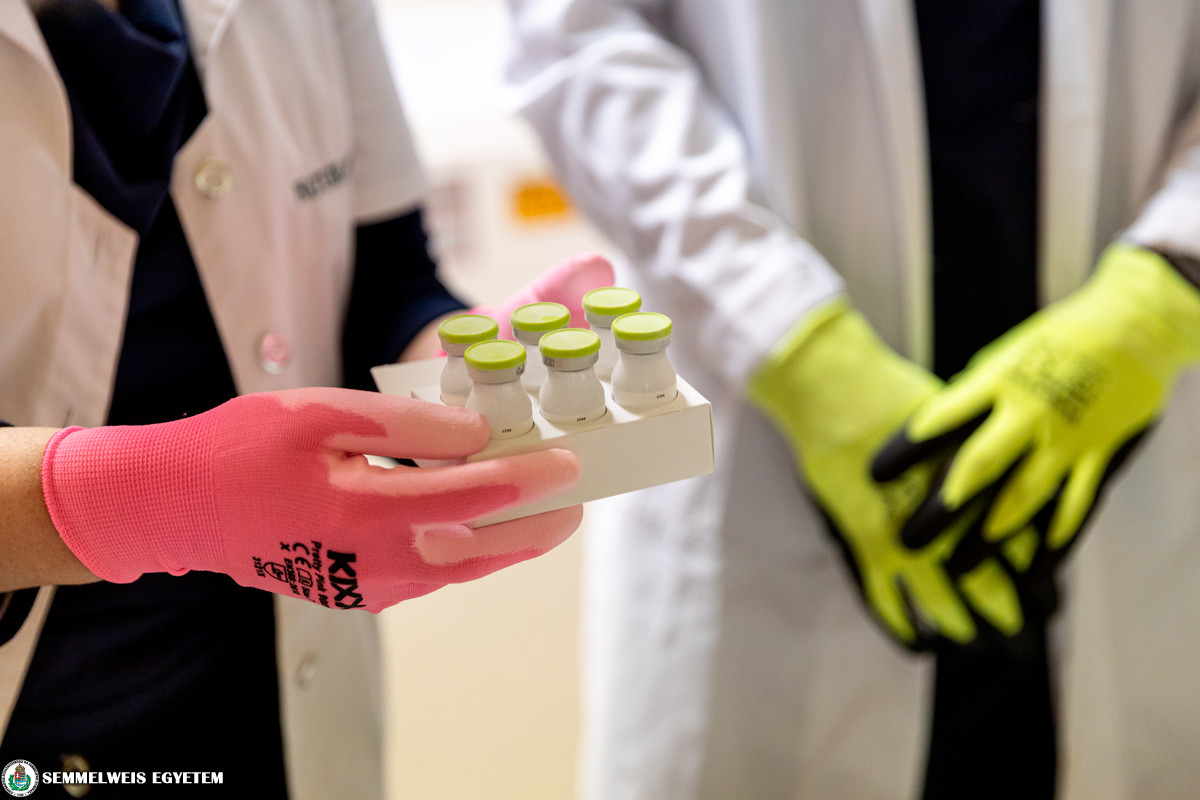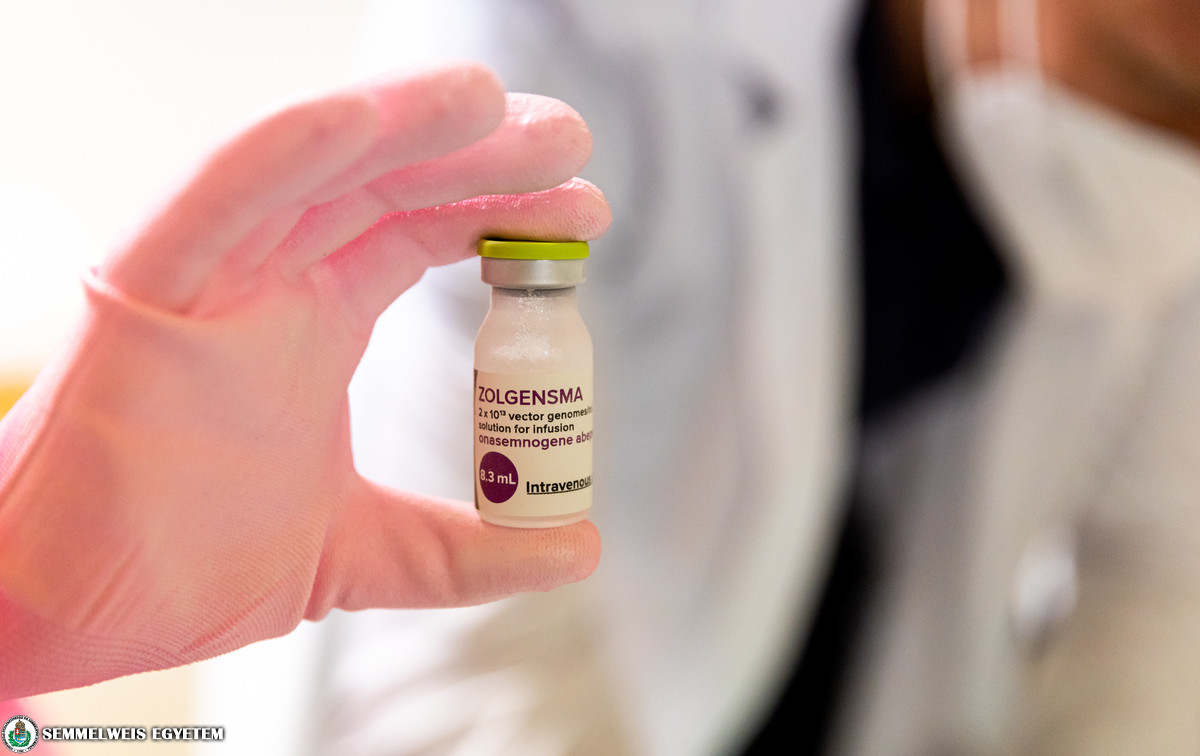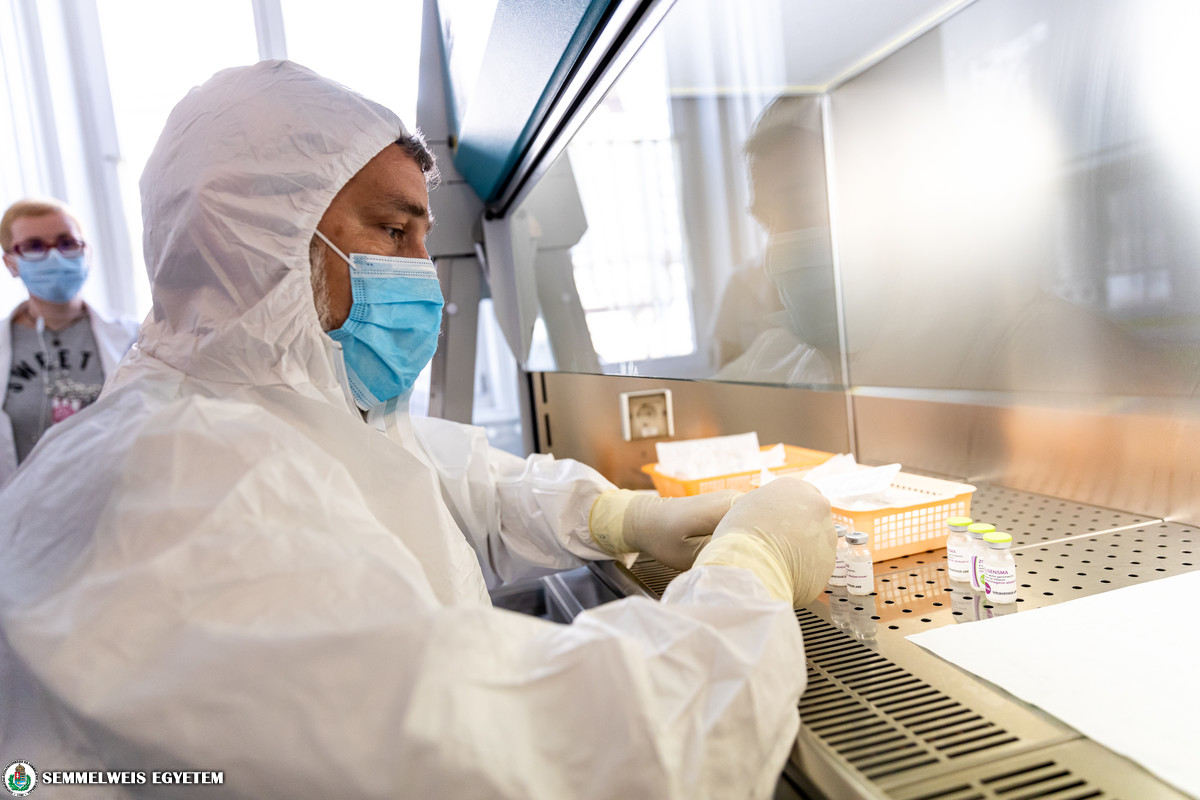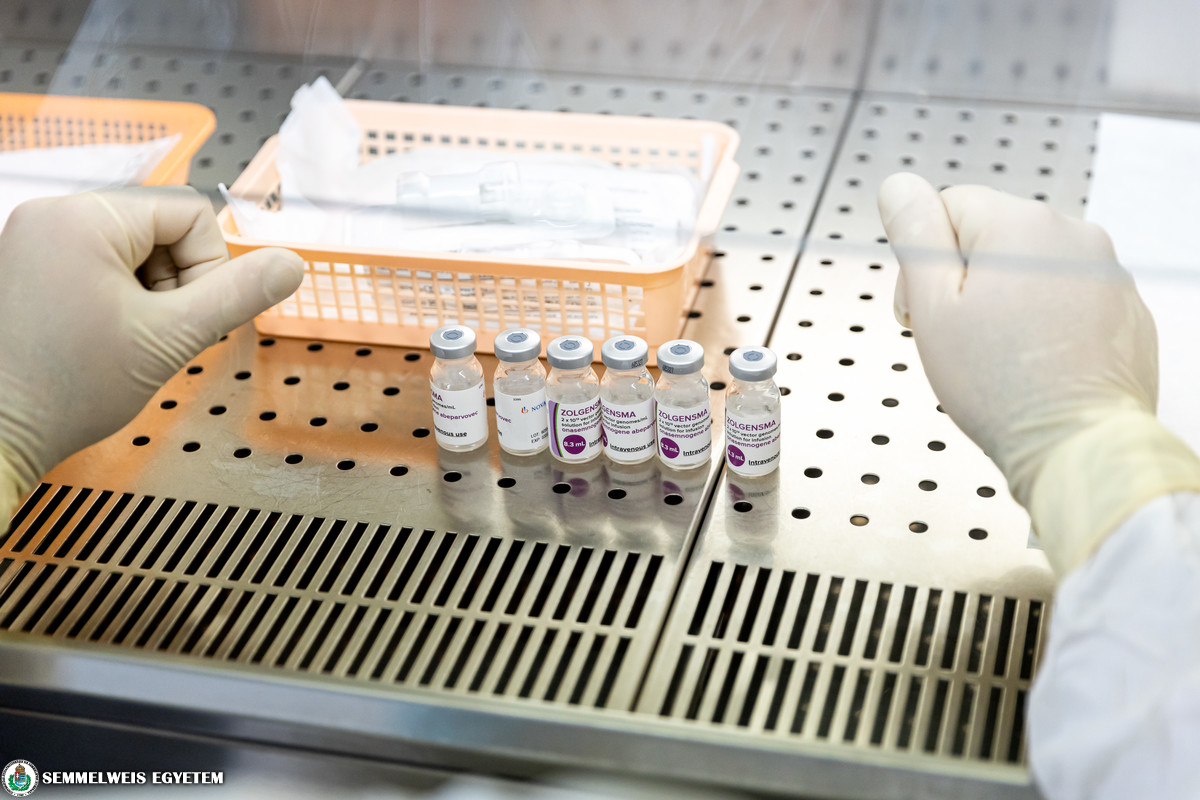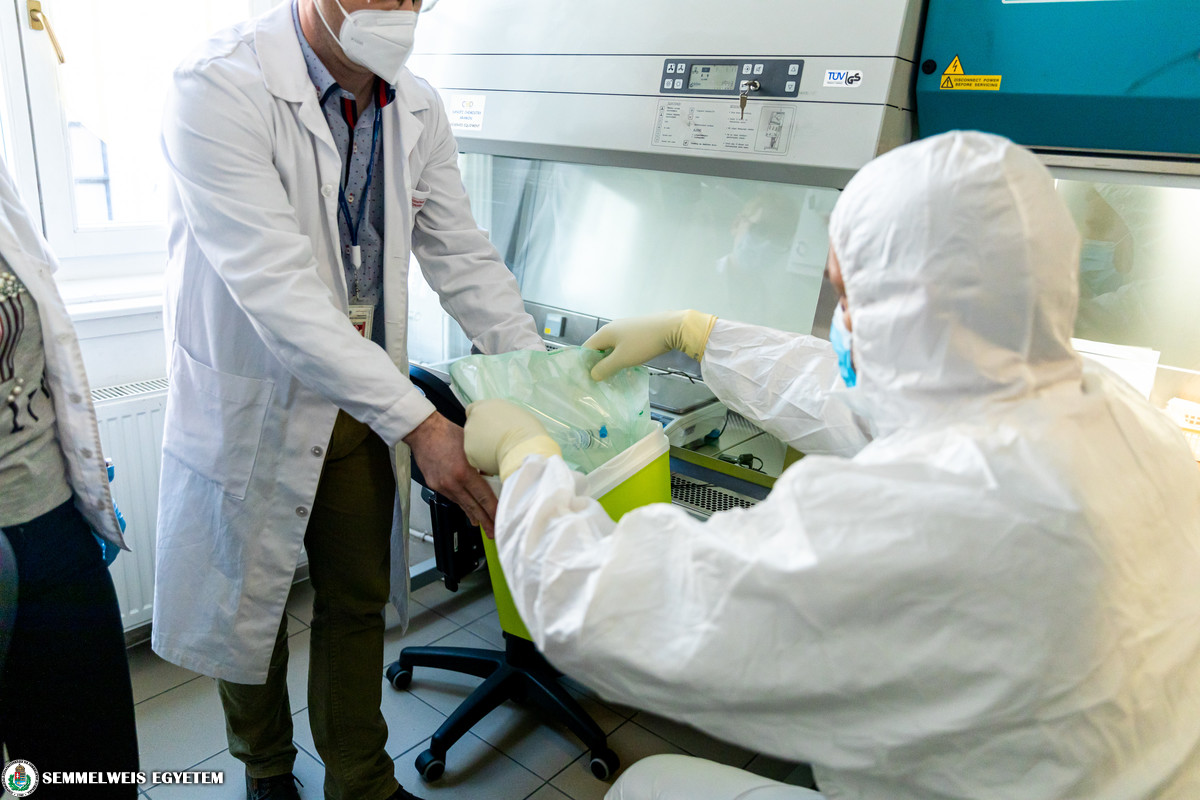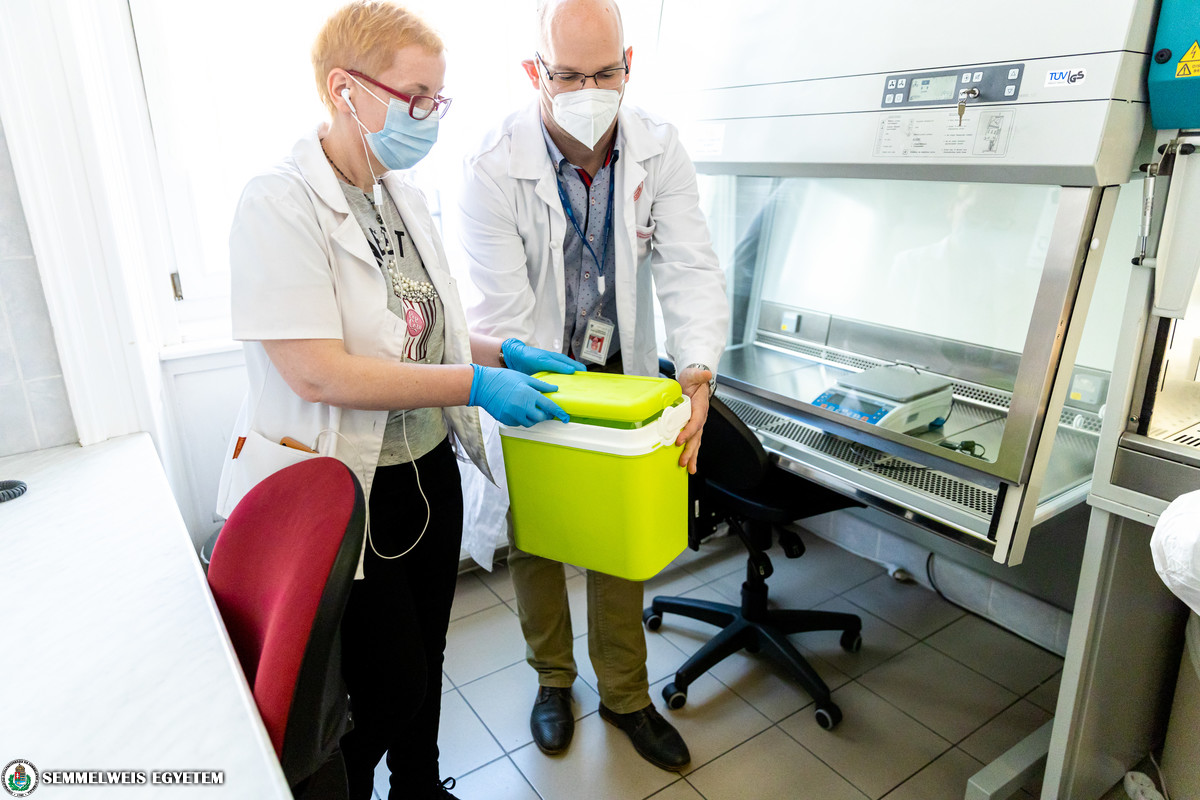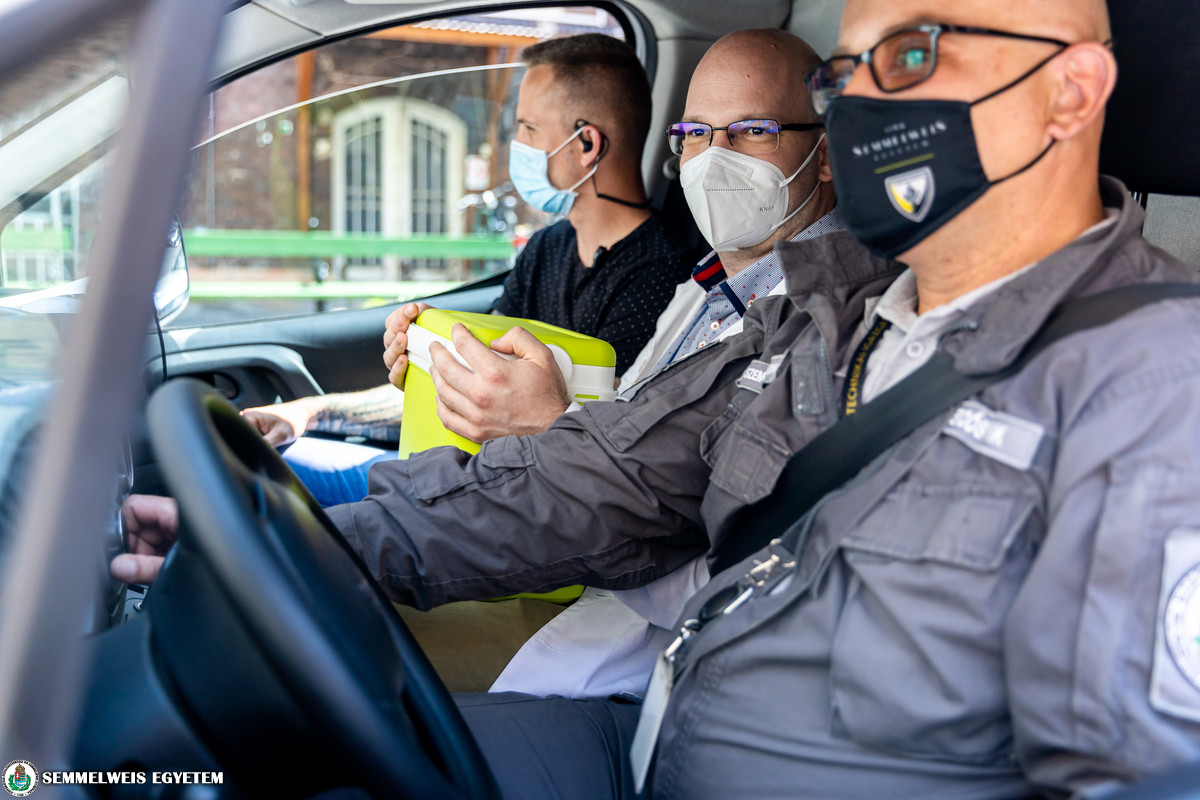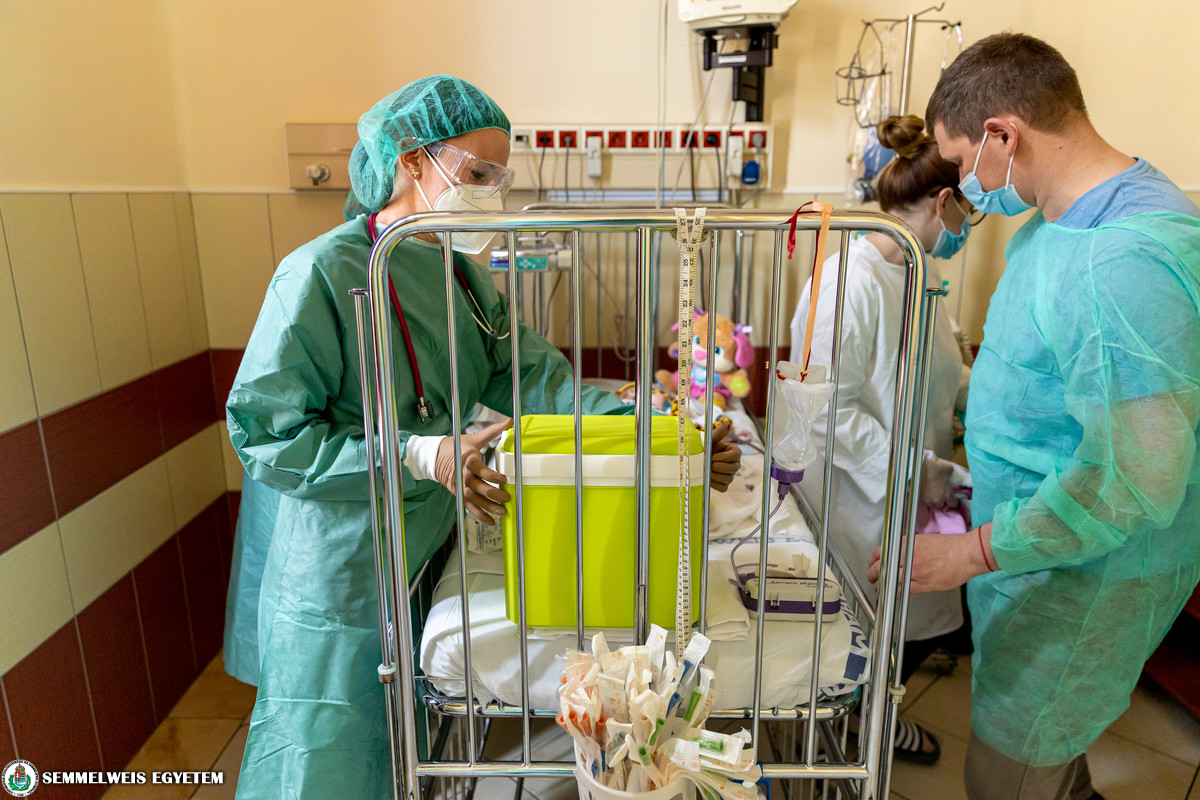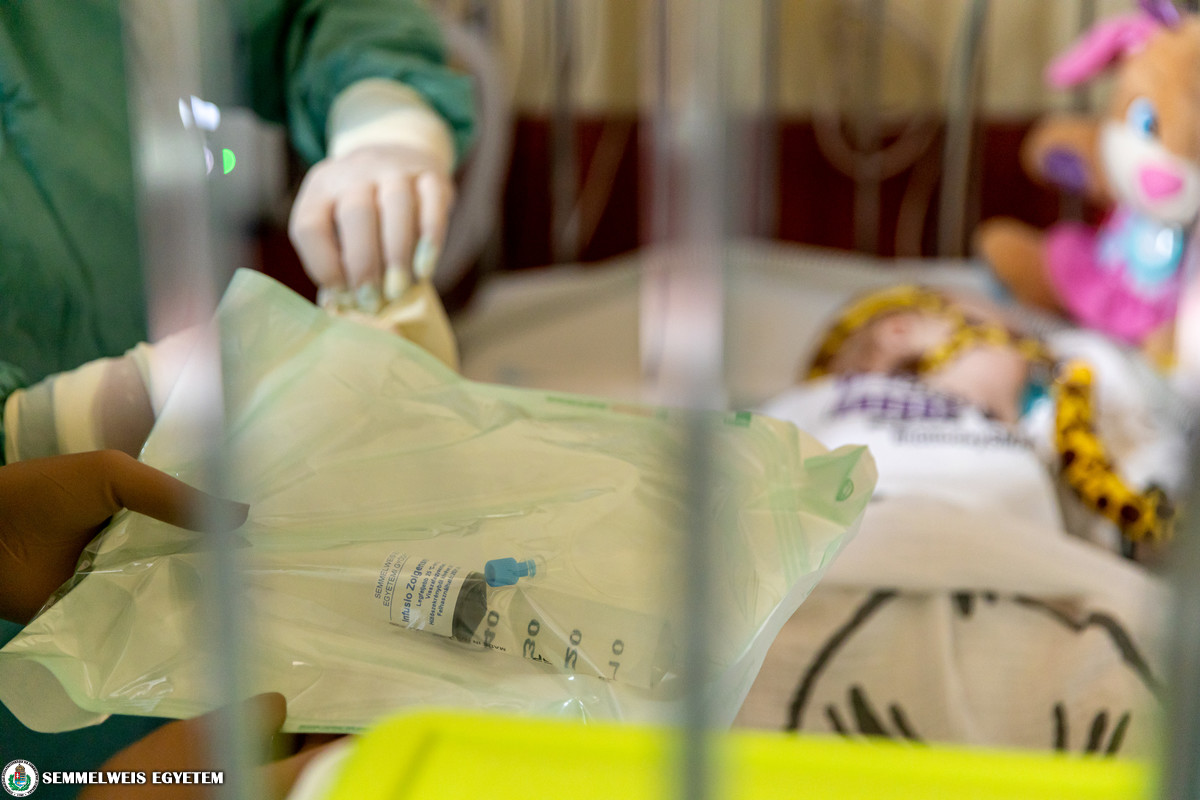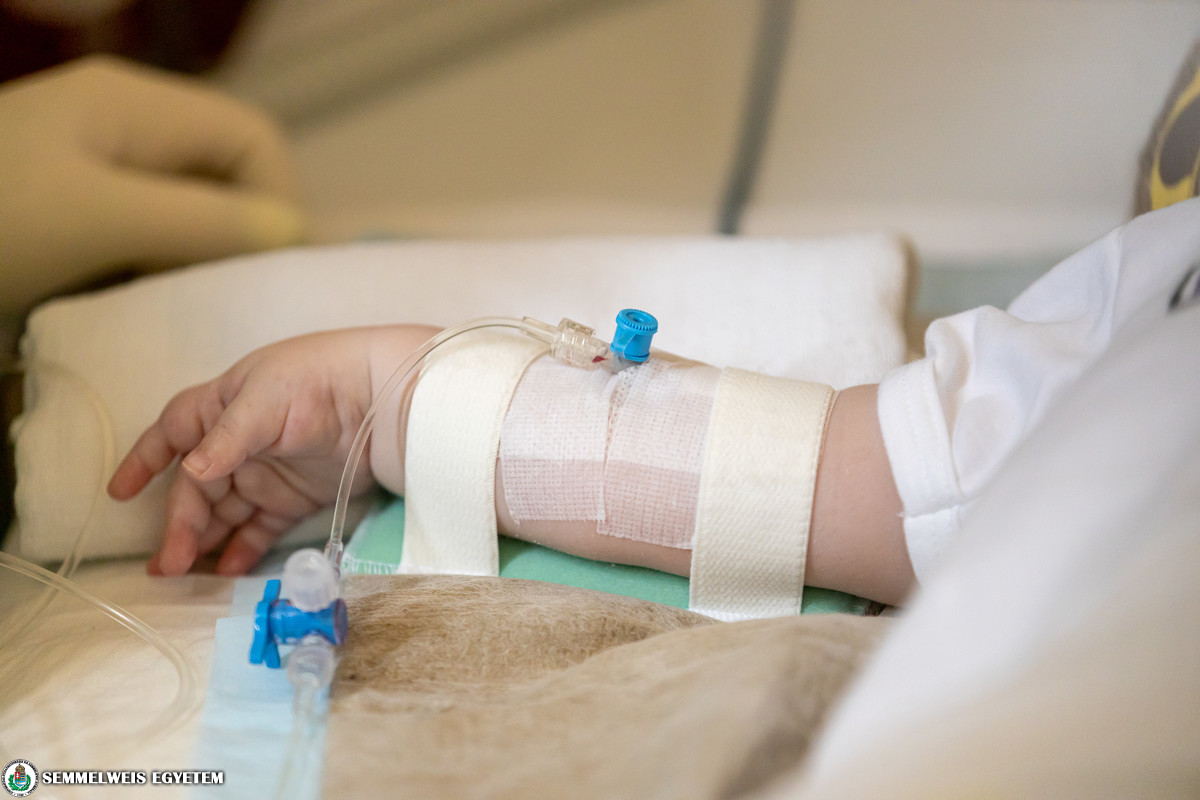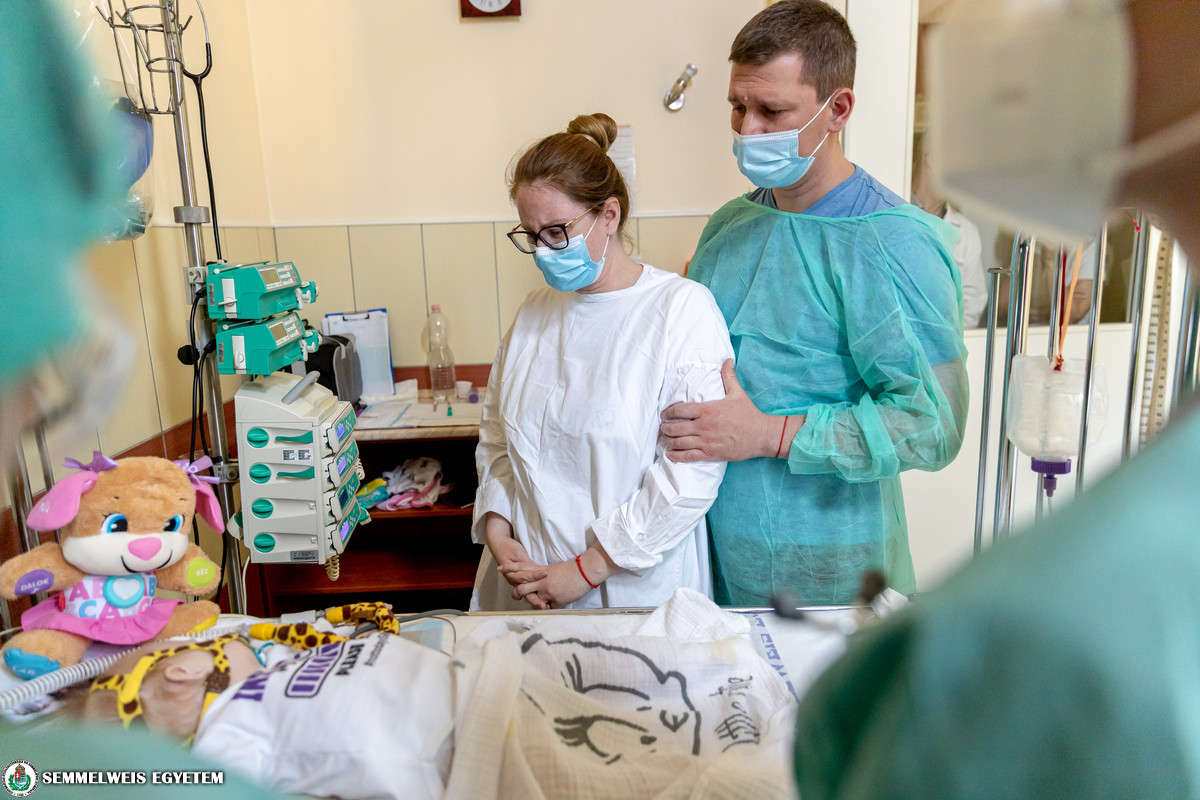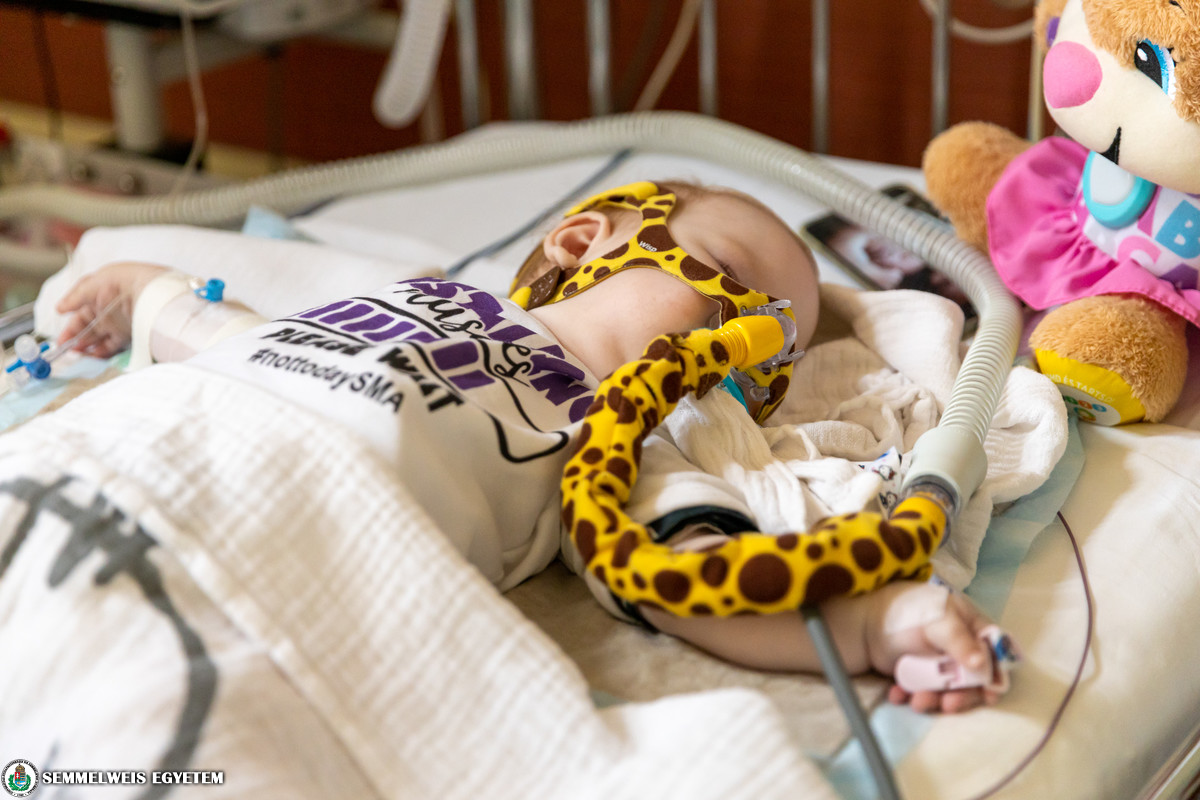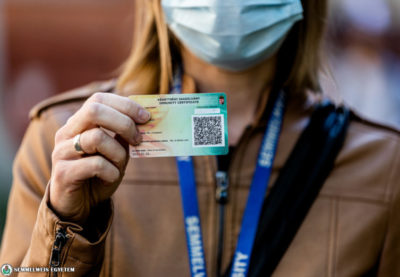Lili, the girl who is suffering from a condition called spinal muscular atrophy (SMA) has been discharged from the intensive care unit. Zolgensma, the medicine worth 700 million HUF, was given to her by intravenous infusion at the 2nd Department of Pediatrics. She is the first Hungarian patient, whose treatment was financed by the National Health Insurance Fund of Hungary on grounds of equity.
The highly expensive medicine, Zolgensma arrived at the Central Pharmacy of Semmelweis University early June from Ireland. I was frozen and kept at the temperature of -70 celsius degrees and was later transferred to the 2nd Department of Pediatrics in pre-filled syringes. Fortunately, Lili has responded well to the treatment, however after the infusion she had to stay two more days at the clinic under medical supervision.
“She could already leave the clinic, but in the next few weeks she will have to come back for regular medical check-ups”, said dr. Gábor Kovács, head of the department.
Spinal muscular atrophy (SMA) is a rare, dominantly inherited genetic disorder. Gene mutation leads to a deficiency of a protein called SMN, causing damage to the motor neurons of the spinal cord. Neuron death increases over time, which causes muscle weakness, one of the main symptoms of SMA
– explained dr. Léna Szabó pediatric neurologist.
Dr. Szabó, assistant professor of the 2nd Department of Pediatrics added: there are several forms of spinal muscular atrophy. The most severe type, SMA1 appears in infancy when muscular atrophy affects breathing and swallowing, causing difficulties with feeding. In their case Zolgensma therapy will enable affected children to sit up and consume solid food. Patients of milder forms of SMA can learn to sit up (SMA2), or to walk (SMA3). SMA4 doesn’t typically appear until adulthood.
“Lili’s parents first noticed that she could not lift her head up and move her arms like she did before, which are typical symptoms of SMA1”, explained dr. Szabó who has been treating Lili since she was five months old.
New therapies can increase the chance of survival and improve the quality life of affected children. Patients lack a protein called SMN, which causes motor neurons to deteriorate. If protein production can be induced and protein levels can be normalized and stabilized, this declining process can be stopped. Zolgensma therapy is based on the SMN1 gene that helps restore protein production, which is introduced into the body via a harmless vector virus.
The pediatric neurologist adds that therapy can have different outcomes depending on the baseline disease and the progression of the disease. Patients often require comprehensive, multi-disciplinary medical care, gene therapy, regular physiotherapy, pulmonary-, orthopedic-, neurological and nutritional care counseling.
Orsolya Dávid
Photo: Attila Kovács – Semmelweis University
Translation: Norbert Lukács
